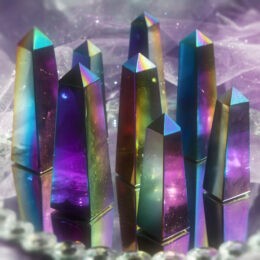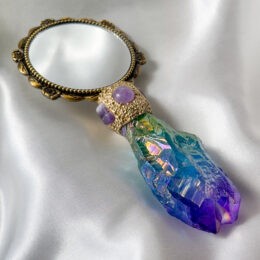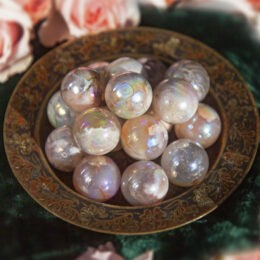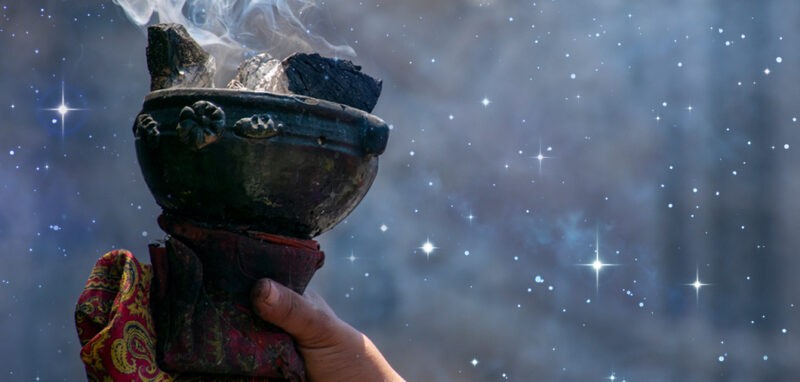Mica Guide: Properties and Meaning
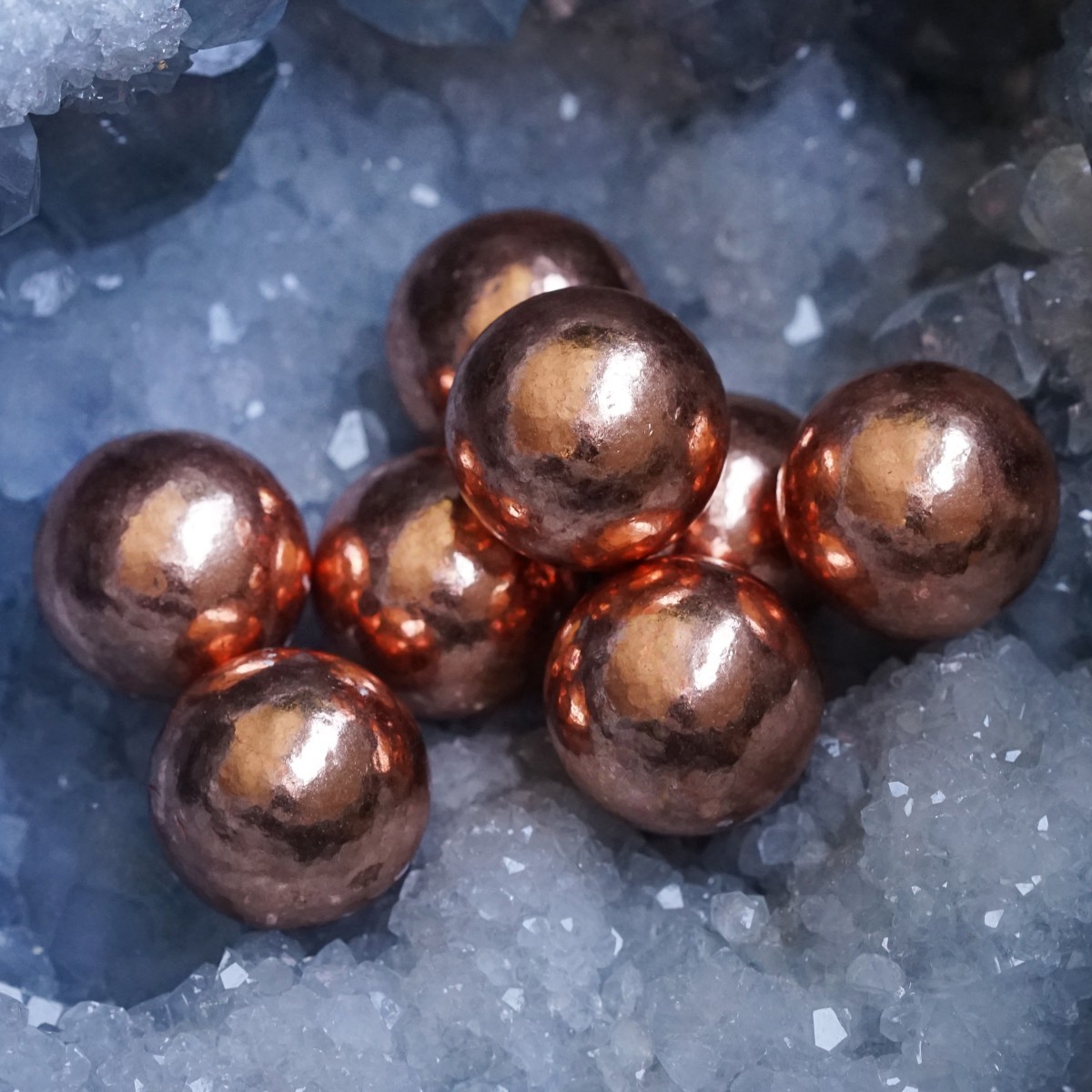
Mica Properties
Color: Green, purple, gold, variesMohs Hardness: 2.5Chakra: Third Eye ChakraCrystal Structure:MonoclinicLocation: Brazil, Madagascar, India
About Mica
Mica is a mineral that has been used for centuries in various applications, including early eyeshadows. It possesses spiritual and physical healing properties, making it a popular choice for chakra healing. Mica is associated with the heart chakra, which is responsible for emotional balance and compassion. Its color varies, but it is commonly found in shades of green, purple, and gold. Mica connects to healing energies in the astral realm, providing emotional soothing and comfort to those who use it. Its healing properties make it a popular choice for those seeking to balance their chakras and improve their overall well-being.
The history of Mica
Mica has a rich history that dates back centuries. It has been used by various civilizations for different purposes. In ancient times, mica was used as a decorative material in jewelry and as an ingredient in cosmetics, including eyeshadows. Its shimmering appearance and versatility made it highly valued. Mica was also used in spiritual practices and rituals due to its believed protective and healing properties. Over time, mica has continued to be used in various industries, including electronics, construction, and even as an insulator in some electrical appliances. Today, mica remains a popular choice for its aesthetic appeal and its association with healing and spiritual properties.
What are Mica healing properties?
Mica possesses spiritual and physical healing properties, making it a popular choice for chakra healing. It connects to healing energies in the astral realm, providing emotional soothing and comfort to those who use it.
What are Mica Metaphysical / Spiritual Properties?
Mica is associated with the heart chakra, which is responsible for emotional balance and compassion. Its healing properties make it a popular choice for those seeking to balance their chakras and improve their overall well-being.
How has Mica been used historically?
Mica has been used for centuries in various applications, including early eyeshadows.
What colors can Mica be found in?
Mica’s color varies, but it is commonly found in shades of green, purple, and gold.
Mica FAQ
What is Mica used for?
Mica is commonly used in various industries due to its unique properties. It is widely used in the electrical and electronics industry as an insulator in capacitors and other electronic components. Mica is also used in the cosmetics industry as an ingredient in makeup products, providing a shimmering effect. Additionally, it is used in the construction industry as a reinforcing material in cement and plaster, as well as in the automotive industry for soundproofing purposes.
What does Mica do?
Mica has several functions depending on its application. In the electrical industry, it acts as an excellent insulator, preventing the flow of electricity and reducing the risk of short circuits. In cosmetics, Mica adds a sparkling effect to various products, enhancing their visual appeal. In construction, it reinforces materials like cement and plaster, improving their strength and durability. Moreover, Mica is known for its heat resistance and ability to withstand high temperatures.
Can Mica go in water?
Mica is generally considered safe to be submerged in water. It is non-reactive and does not dissolve in water, making it suitable for use in aquatic environments. However, it is important to note that prolonged exposure to water may cause Mica to lose its luster or affect its appearance. Therefore, it is recommended to avoid extended water exposure if you want to maintain the quality and appearance of Mica.
How to cleanse Mica?
To cleanse Mica, you can gently rinse it under lukewarm water and pat it dry with a soft cloth. Avoid using harsh chemicals or abrasive cleaners, as they may damage the surface of the Mica. Another method is to cleanse Mica using smoke from burning sage or palo santo, as this removes any negative energy or impurities from the gemstone. Ultimately, choose a cleansing method that aligns with your personal beliefs and practices.
What does Mica do spiritually?
Spiritually, Mica has grounding and protective properties. It helps shield against negative energies and promotes emotional stability. Mica is also associated with enhancing intuition and psychic abilities, making it a popular choice for those seeking spiritual growth and connection. Additionally, Mica brings clarity and self-reflection, aiding in personal transformation and inner growth.
How to clean Mica?
To clean Mica, you can use a soft cloth or brush to gently wipe away any dust or dirt. If needed, you can dampen the cloth slightly with water or a mild soap solution. Avoid using harsh chemicals or abrasive cleaners, as they may scratch or damage the surface of the Mica. After cleaning, make sure to dry the gemstone thoroughly to prevent any moisture from affecting its appearance or integrity.
How to spot fake Mica?
Spotting fake Mica can be challenging, as it often closely resembles the genuine gemstone. However, there are a few indicators that can help identify potential imitations. Genuine Mica has a natural shimmer and transparency, while fake Mica may appear dull or lackluster. Additionally, genuine Mica has a layered structure that can be seen under magnification, whereas imitations may lack this characteristic. It is always advisable to purchase Mica from reputable sources to ensure its authenticity.
Is Mica toxic?
Mica itself is not considered toxic. It is a naturally occurring mineral that is generally safe to handle. However, certain forms of Mica may contain trace amounts of impurities or contaminants, which can vary depending on its source. It is important to be cautious when using Mica in powdered form, as inhaling large amounts of fine particles may irritate the respiratory system. As with any mineral or substance, it is recommended to follow proper safety precautions and consult relevant safety guidelines.
Where is Mica found?
Mica is found in various parts of the world, including countries like India, Russia, China, Brazil, and the United States. It is commonly found in igneous and metamorphic rocks, such as granite and schist. India is one of the largest producers of Mica, particularly known for its high-quality varieties. The specific geological conditions and mineral deposits in these regions contribute to the abundance and availability of Mica.
How is Mica pronounced?
Mica is pronounced as “my-kuh.” The emphasis is placed on the first syllable, with a short “i” sound. It is important to note that pronunciation may vary slightly depending on regional accents or dialects.
What chakra is associated with Mica?
Mica is commonly associated with the third eye chakra, also known as the sixth chakra or Ajna. This chakra is located in the center of the forehead, between the eyebrows. It is believed that Mica can help activate and balance the third eye chakra, enhancing intuition, inner wisdom, and spiritual insight. By working with Mica, individuals may experience a deeper connection to their intuition and higher consciousness.
Can Mica be in the sun?
Mica is generally resistant to sunlight and can be exposed to the sun without significant damage. However, prolonged exposure to direct sunlight may cause the color of certain types of Mica to fade over time. To preserve the appearance and quality of Mica, it is advisable to limit its exposure to intense sunlight or use protective measures, such as storing it in a cool and shaded area when not in use.
How to charge Mica?
To charge Mica, you can place it in direct sunlight or moonlight for a few hours. Sunlight energizes and revitalizes Mica, while moonlight enhances its intuitive and spiritual properties. Additionally, you can also charge Mica by burying it in the earth for a period of time, allowing it to absorb the earth’s natural energy. Choose a charging method that resonates with your intentions and beliefs.
What is the hardness of Mica?
Mica has a hardness of approximately 2.5 to 4 on the Mohs scale of mineral hardness. This means that it is relatively soft and can be easily scratched by harder materials. It is important to handle Mica with care to avoid any accidental damage or scratches.





